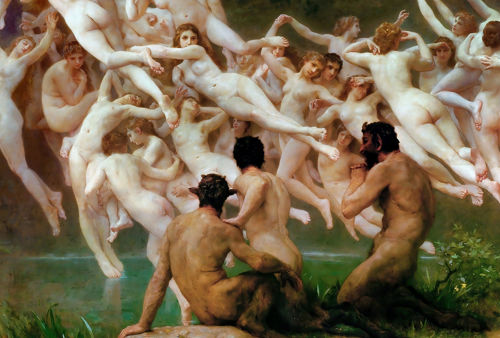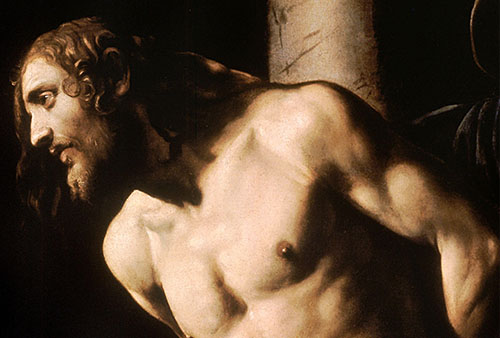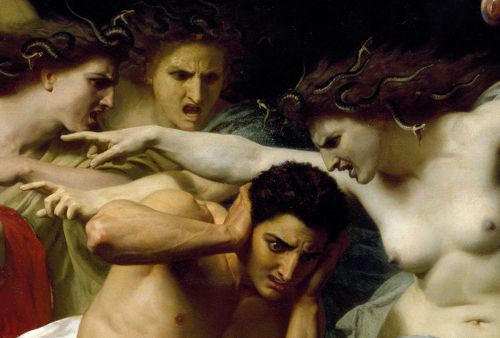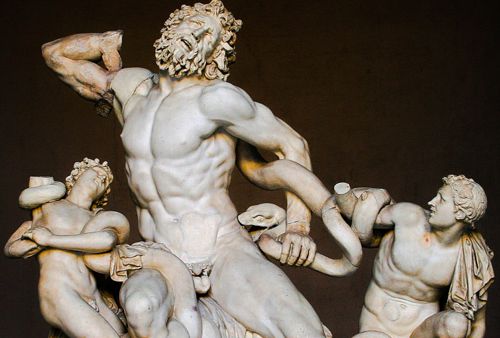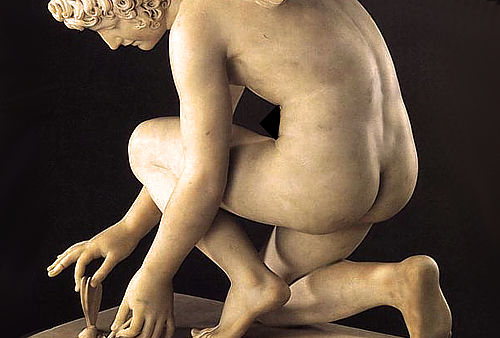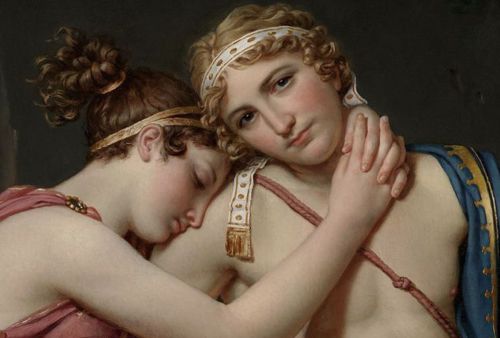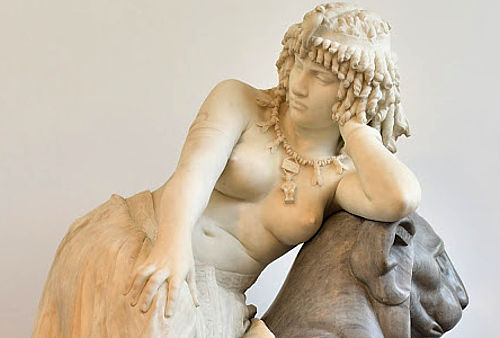Perhaps you have once wondered about the reasons why the body of Michelangelo's David is disproportionate. Let's start by saying, although it's unnecessary, that if there is one master of sculpture in the history of art, it is Michelangelo Buonarroti. He knew perfectly well what to do to achieve perfection, but you must bear in mind that the David sculpture measures over 17 feet (5 meters) in height...
As an observer at first glance, you might notice discrepancies in the proportions of the famous work; however, if you placed yourself in the position where it was intended to be viewed, you would understand the reasons why the sculptor made that decision.
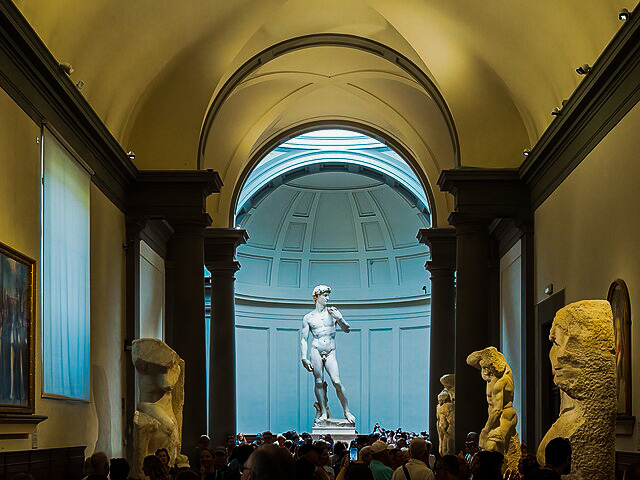
The Secret of Sculptural Anamorphosis
The body of Michelangelo's David is considered disproportionate in some areas, such as the hands, head, and torso, but the sculptor intentionally carved them larger. This choice was not an error but a technical stroke of genius. The intention was for them to appear perfectly proportioned and to emphasize those crucial characteristics from a wider, and especially lower, perspective.
This technique, known as "sculptural anamorphosis" or optical correction, allowed for the correction of visual perception when the work was viewed from the ground, looking up at the statue's 17-foot (5.17 meters) height.
Michelangelo did this with a clear purpose: to correct the perception of the public viewing David from below. It was originally placed in an elevated position. From that perspective, the hands and head appear more proportionate to the rest of the body, and the message of power and decisiveness radiating from the biblical hero becomes immediate and inescapable. This subtle change in proportions accentuates those features for the visual impact of the work from its original location in the Piazza della Signoria in Florence.
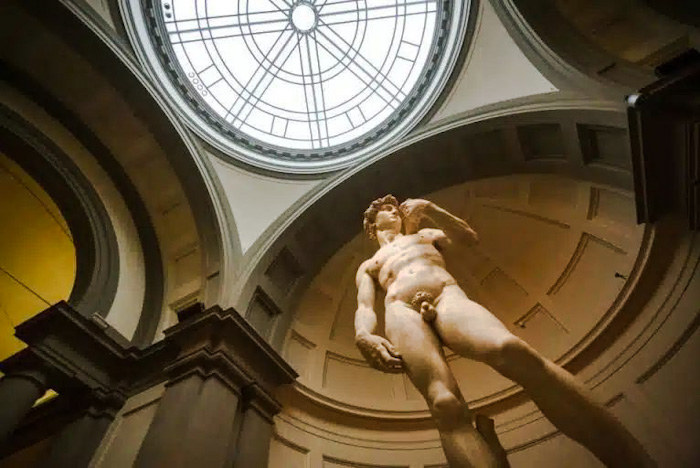
The Parts that Deceive the Eye: The Head and Hands
David's head is sculpted slightly larger than what would correspond to a body of its actual size. The objective is simple: the head is the focus of expression and intelligence. Since the sculpture was intended to be viewed from afar and below, the optical correction ensures that David's expression of deep concentration, furrowed brow, and penetrating gaze (just before launching the stone) are not lost. The viewer was meant to immediately grasp the hero's psychological tension.
The hands, especially the right one (the one holding the stone), are notably large. Hands are tools for action and, in the biblical context, tools of divine justice or will. Emphasizing David's gigantic hands serves two purposes:
- Visual Correction: From below, they appear to be the correct size.
- Symbolism: The power of action and the hero's ability to defeat his enemy, Goliath, despite his youth and comparative size, are underlined. In the political context of Florence, the large hands symbolized the strength and power of the Florentine people to defend themselves against their adversaries.
Other anatomical details, such as the length of the torso and legs, also have subtle variations from classical anatomical perfection, all designed to optimize the view from the lowest point. This level of planning demonstrates Michelangelo's profound knowledge not only of anatomy but also of optics and perspective.
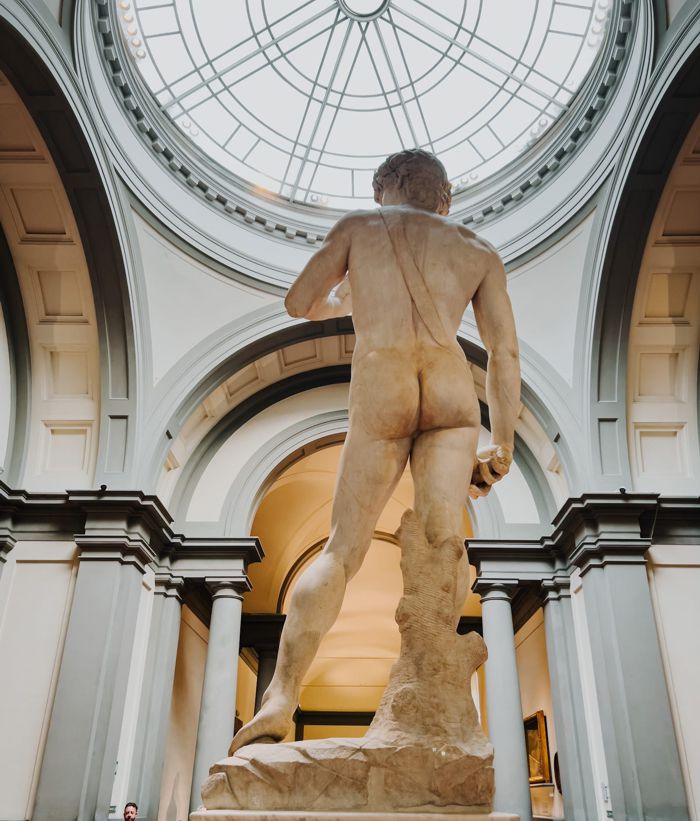
The Story of the Cursed Marble and Michelangelo's Challenge
To appreciate the work, one must understand the challenge Michelangelo undertook. The block of Carrara marble, known as "The Giant," had been abandoned nearly 40 years earlier. Initially, Agostino di Duccio had worked on it around 1464, and then Antonio Rossellino in 1476. Both abandoned it, considering it too narrow, poorly cut, and with structural flaws and veins that made it unusable for a figure of that scale. The block stood exposed to the elements, deteriorating, and became a legend of failure.
In 1501, at the age of 26, Michelangelo accepted the challenge. He had to work within the block's pre-established shape, utilizing the limited dimensions and previous defective cuts. Instead of being an obstacle, the block forced Michelangelo to use the contrapposto pose that defines David (with the weight on one leg and the other relaxed) and, crucially, to implement the optical corrections and disproportions. This act of transforming waste into the ultimate work of Renaissance sculpture cemented Michelangelo's fame as an indomitable genius.
David as a Political and Civic Symbol of the Florentine Republic
The choice of subject was no accident. David, in the Florentine tradition, was not just a biblical hero but a powerful political symbol.
- The People Against the Tyrant: David, a humble and underestimated youth, defeats the giant Goliath. This was a perfect metaphor for the Republic of Florence, a small city-state that saw itself as David, constantly threatened by larger, more powerful entities (the Papal States, the exiled Medici family, neighboring duchies).
- Liberty and Justice: The David became an emblem of the defense of Florence's civic liberties. It was placed in 1504 in the Piazza della Signoria, right at the entrance of the Palazzo Vecchio (the city hall), facing Rome, in a gesture of political defiance.
The David is not presented after the victory (as in the versions by Donatello or Verrocchio), but at the moment of tension, concentration, and decision: just before the action. This moment encapsulates the Renaissance idea that intelligence and will (represented in his furrowed brow and gaze) can overcome brute force (represented in Goliath's size).
Beyond Proportion: Idealized Beauty and Contrapposto
In addition to the slightly larger hands and head, Michelangelo also designed the body proportions in an idealized manner, which was a hallmark of Renaissance art. The David has well-defined and symmetrical musculature that combines the hero's strength with the grace of youth.
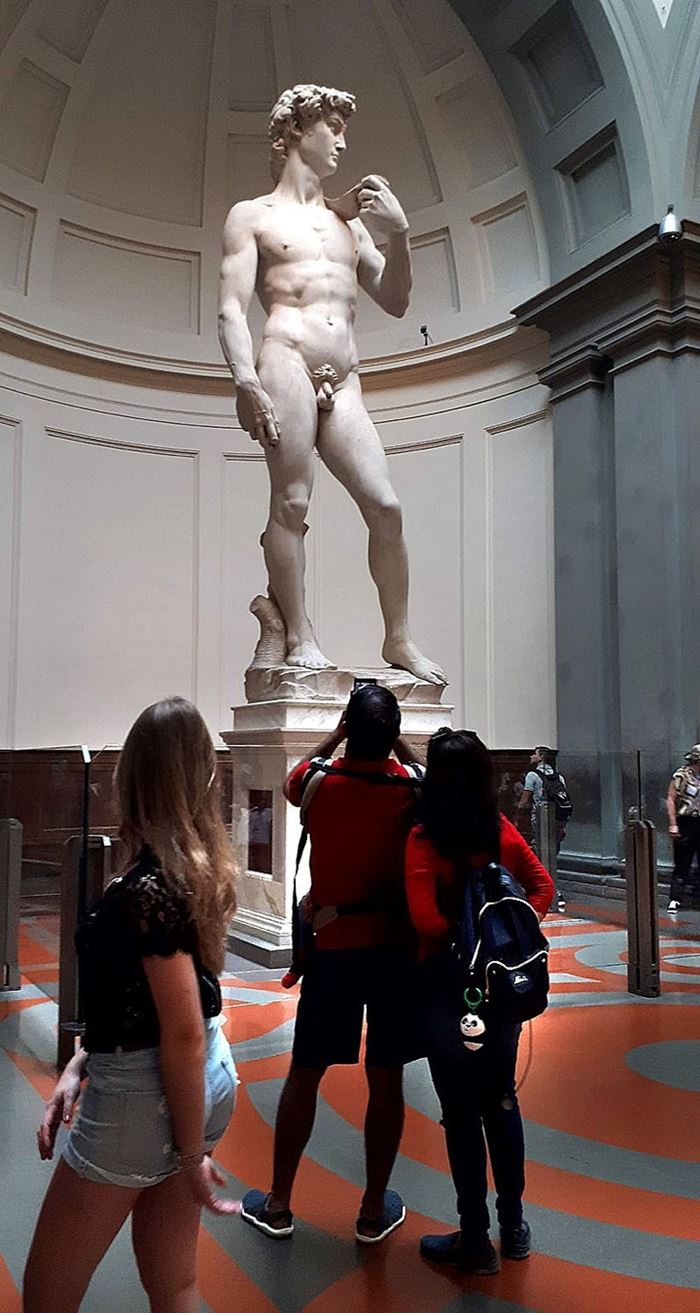
The pose is a masterful example of contrapposto:
- The weight rests on the right leg.
- The left leg is relaxed.
- The right hip is raised, while the right shoulder descends.
- The left shoulder is raised, and the head turns to the left.
This interplay of tension and relaxation not only brings the figure to life but also creates the "S" line that became the ideal for the male figure in the High Renaissance. This idealized interpretation sought to capture the essence of classical beauty and anatomical perfection, showing a combination of strength, grace, and physical perfection that elevated the human being to an almost divine state, typical of Humanism.
In the end, the "disproportion" of Michelangelo's David is not a flaw but the proof of a calculated genius. It is a work of visual engineering that, instead of copying reality, transforms it to be more effective from its intended viewpoint. It is a celebration of human skill to overcome technical and material challenges, and an immortal symbol of freedom and courage.
The Work
Sculptor: Michelangelo Buonarroti
Date of Creation: 1501-1504
Material: Carrara Marble
Dimensions: 17 feet (5.17 meters) in height (including the base)
Original Location: Piazza della Signoria, Florence (replaced by a replica in 1873)
Current Location: Galleria dell'Accademia, Florence
Find out more about this wonderful work here:
https://lavidaesarte.com.ar/es/esculturas/150-david-el-marmol-vive




